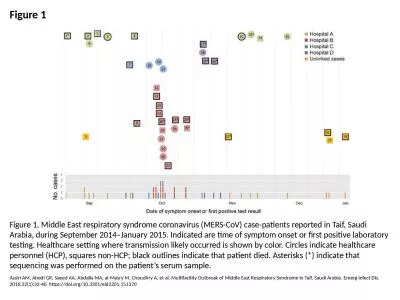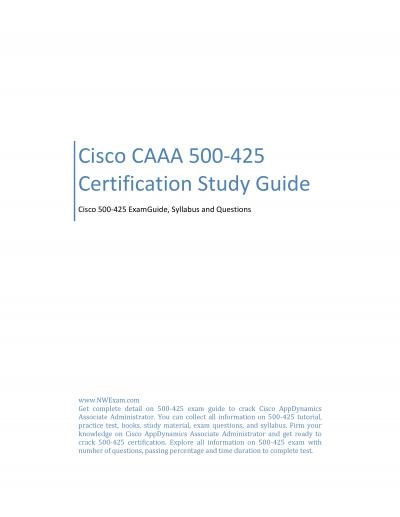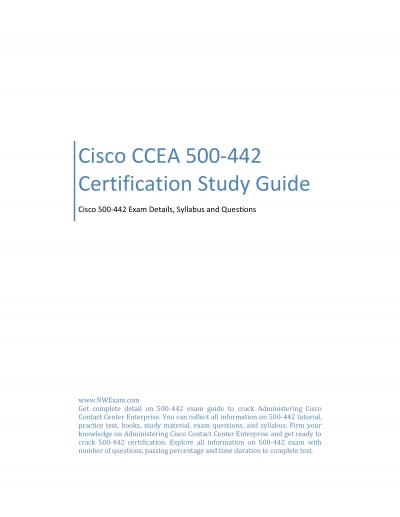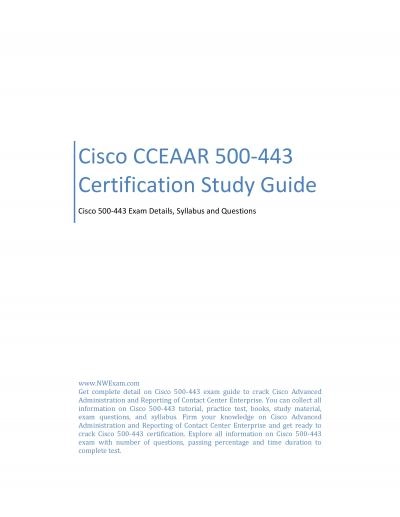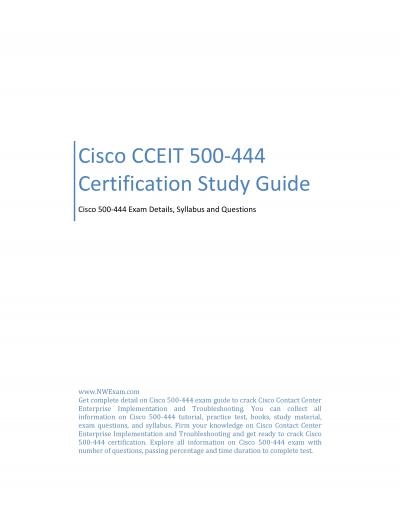PPT-The Mediterranean & The Middle East, 2000-500 B.C.E.
Author : cheryl-pisano | Published Date : 2019-12-22
The Mediterranean amp The Middle East 2000500 BCE John Ermer World History Miami Beach Senior High School The Iron Age The Mediterranean Sea provides vehicle for
Presentation Embed Code
Download Presentation
Download Presentation The PPT/PDF document "The Mediterranean & The Middle East,..." is the property of its rightful owner. Permission is granted to download and print the materials on this website for personal, non-commercial use only, and to display it on your personal computer provided you do not modify the materials and that you retain all copyright notices contained in the materials. By downloading content from our website, you accept the terms of this agreement.
The Mediterranean & The Middle East, 2000-500 B.C.E.: Transcript
Download Rules Of Document
"The Mediterranean & The Middle East, 2000-500 B.C.E."The content belongs to its owner. You may download and print it for personal use, without modification, and keep all copyright notices. By downloading, you agree to these terms.
Related Documents

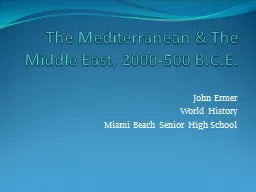

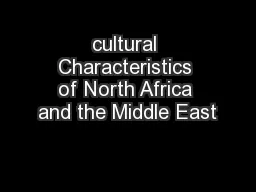
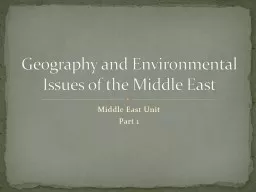



![[New] Ace Cisco 500-285 Certification with Cisco CCNS Practice Test](https://thumbs.docslides.com/994858/new-ace-cisco-500-285-certification-with-cisco-ccns-practice-test.jpg)

